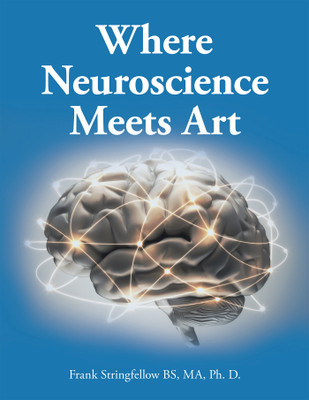Where Neuroscience Meets Art(English, Paperback, Stringfellow Bs Ma Ph D Frank)
Quick Overview
Product Price Comparison
Refer to the schematic.Think of this as an overview (flyover).We are going to see what happens in the human brain at that point of connection between the artist and the observer using artwork as data. The artwork was done by me over several years (1980 at least > 42 years). I said in 2002 after I retired that I was going to do brain research: The Effects of Aging on Creativity and Expression.LetŌĆÖs look at the Artist:We all have lifeŌĆÖs experiences and they are different for each person. These experiences are taken into the brain by way of the senses: sight, hearing, taste, smell, and touch etc. These experiences are stored in the brain as memories/thoughts. Stimuli presented through the senses cause the mind to see similarities (pattern recognition) between the stimuli and the stored memories/thoughts to recall the memories/thoughts from the brain and with the mind/personality (lights up) acts out to produce an artwork. Another way of looking at this is that the mind is an expression of the brain and the personality is expressed by the mind. The person loves that, finds pleasure in that, has to have that, and acts out producing the artwork. He makes it happen.The artist has now produced an artwork. He found pleasure in the memory that caused the mind to recall that and expressed it through the personality.The brain/mind/personality complex are self-awareness. Acting out to produce a tangible creation is consciousness. It is an action outside of the self.The artwork can be a poem, painting or even a concept that an engineer designs to solve a problem.The artist has now produced an artwork. He found pleasure in the memory that caused the mind to recall that and expressed it through the personality.The Observer:An observer comes along and he loves that artwork (lights up), finds pleasure in it, wants that, and makes it happen, He buys the artwork. There is then some sort of empathy going on between the artist and observer. That empathy I call the ŌĆ£DrawŌĆØ or ŌĆ£PullŌĆØ common to both the artist and the observer.


